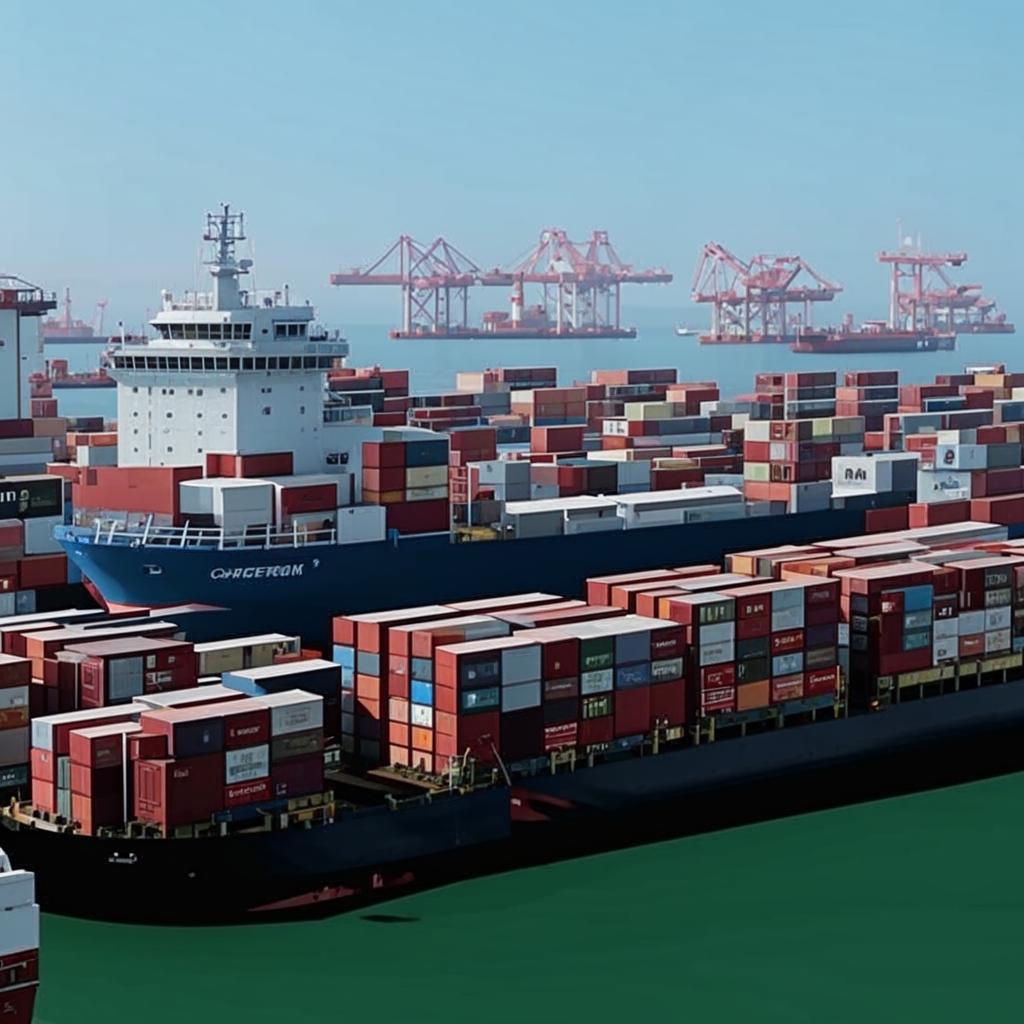The global supply chain continues grappling with major disruptions driven by pandemic aftershocks and escalating geopolitical tensions. Port congestion remains a major hurdle, causing extensive delays in key hubs. The war in Ukraine is exacerbating the situation by disrupting crucial transportation routes and limiting access to raw materials.
Inflation further intensifies the challenges, driving up shipping costs and impacting consumer demand, forcing businesses to adapt. Diversification of suppliers and nearshoring production are considered viable strategies to reduce reliance on distant sources. These shifts, however, demand considerable investment and time, which contribute to prolonged uncertainty and increased price volatility for consumers.
Experts forecast that these disruptions will persist for a minimum of one year, highlighting the necessity for businesses and policymakers to develop long-term solutions aimed at boosting resilience and mitigating future risks. The focus is shifting toward enhancing transparency and fostering greater collaboration across the supply chain to proactively identify and address potential vulnerabilities. Businesses are beginning to invest in technology and building redundancies into their supply chains to prepare for future shocks. Governments are also exploring policies to encourage domestic production and reduce dependence on foreign sources. The shift towards more resilient and localized supply chains is likely to continue in the years to come.














